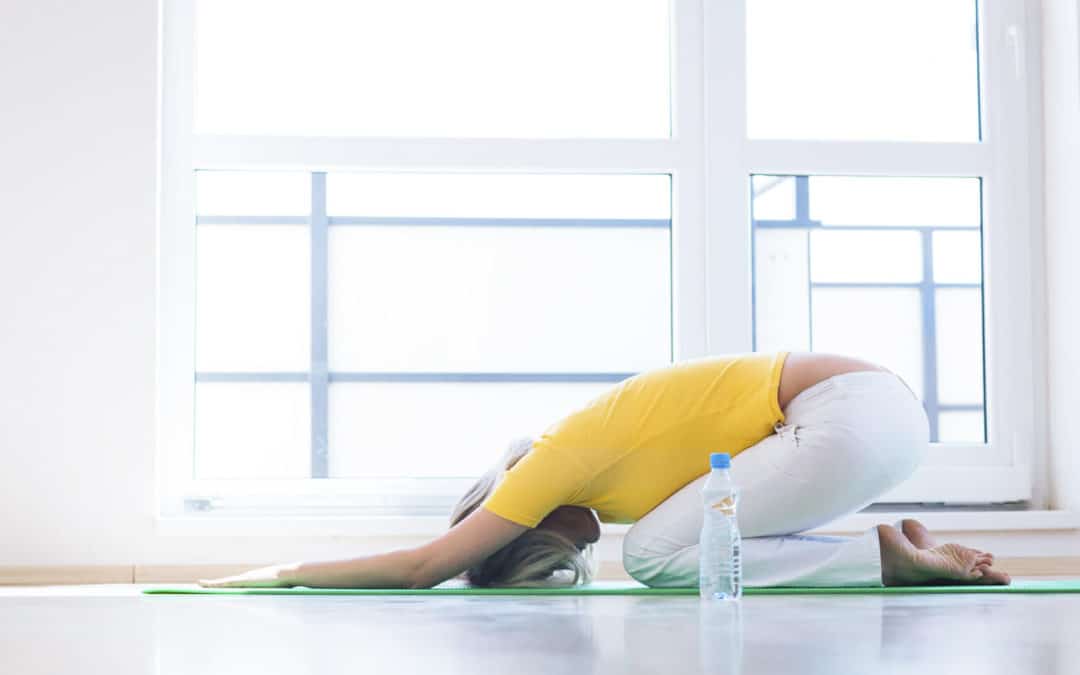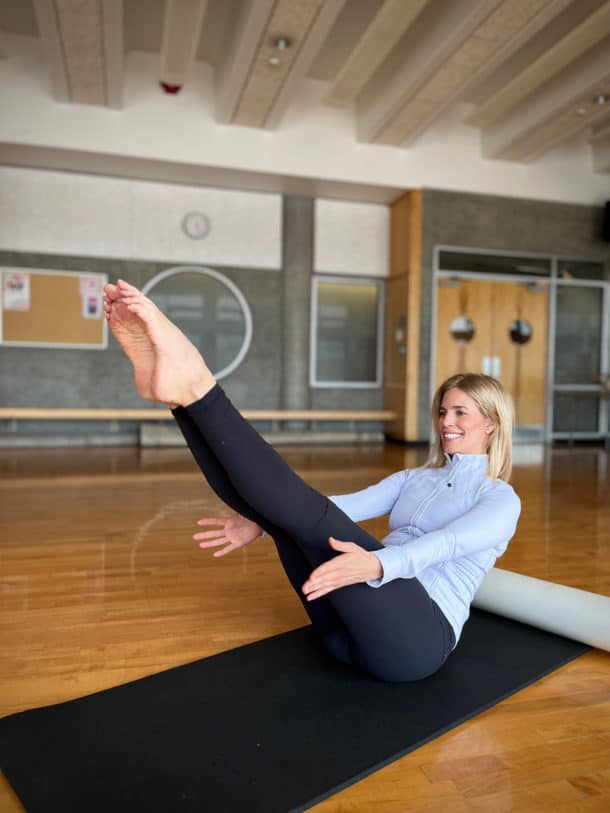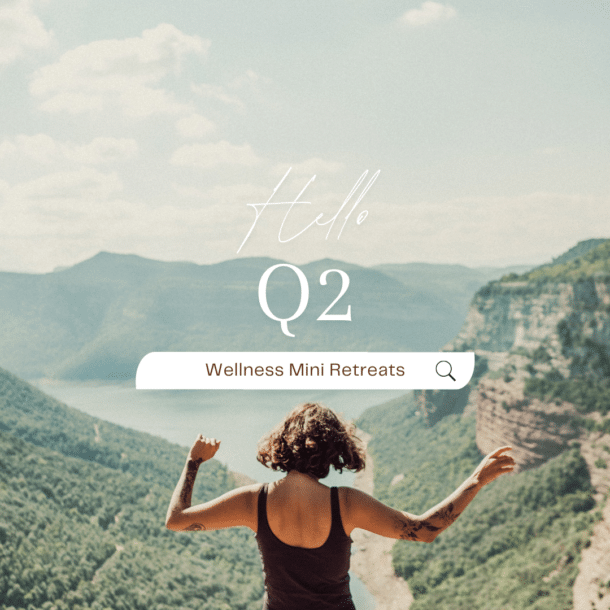Get stretching tips and short workouts to help you to keep your joints healthy and your muscles limber now and for years to come.
Hip openers are routinely requested in our yoga practice so this week we’ve been sharing some of our favorite mini-workouts on Facebook and Pinterest for opening your hips and keeping your joints healthy.
It doesn’t take much effort to maintain your flexibility. The mini-workouts we shared this week to keep you limber and pain free are only 10 minutes long and can be done in your home or outside at the end of a walk, run or bike.
There are some dos and don’ts that we touched on in our recommendations of how we would incorporate the mini-workouts into our lives and integrate them with other workouts.
Just in case you haven’t joined us on Facebook or Pinterest yet, let’s review some of the dos and don’ts of stretching so that you don’t pull a muscle.
Stretch Warm Muscles: Trying to stretch when your muscles are cold doesn’t feel good so as a general rule, if it doesn’t feel good don’t do it. Take at least a couple of minutes to warm up whether it’s 40 knee lifts in place, a short walk or run or some sun salutations. The idea is to build heat within your body to loosen up your muscles before you stretch them.
No pain. No Gain: The slogan does not apply to stretching. If your muscles are really tight, try stretches that integrate movement rather than static stretches or try stretching in a warm environment if you can. If you try a hot yoga class or another heated style workout, stretch within your natural range of motion so that you don’t pull a muscle. In other words, don’t force a pose or stretch.
Stretch all Major Muscles: Stretch everything at least a few times a week. We focused on hips this week because many of us have tight hip flexors from sitting all day. It’s okay to do more to release those muscles but don’t forget to stretch out your legs, arms, back, shoulders and neck too. A pinch in one part of the body can be causing a pain in another part.
Modify if you’re injured: Check with your physician or physical therapist for stretches that are safe to do. Stretching after an injury or surgery will help get fresh blood flowing to the joints and muscles and help you regain range of motion. So don’t stop stretching – just make sure you do the right modifications.
One of the points that we wanted to make this week is that there are a lot of ways to stretch the same muscles. Mixing up your workouts will make it easy to incorporate stretching into your life and other workouts. Passive stretches feel good before bed and won’t disrupt your sleep. Active stretches are easy to incorporate after a walk, run or bike or include in your yoga practice.
Join us on Facebook and/or Pinterest for more ideas and workout recommendations.



